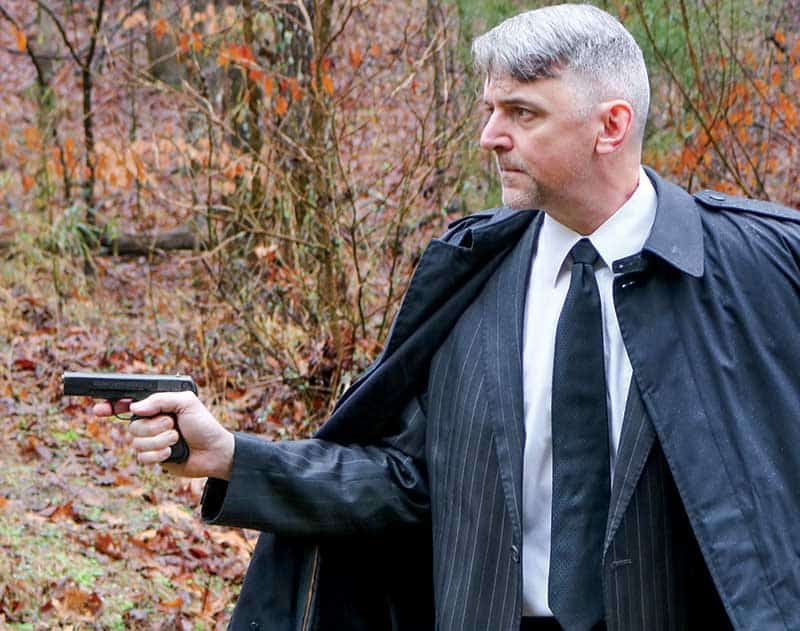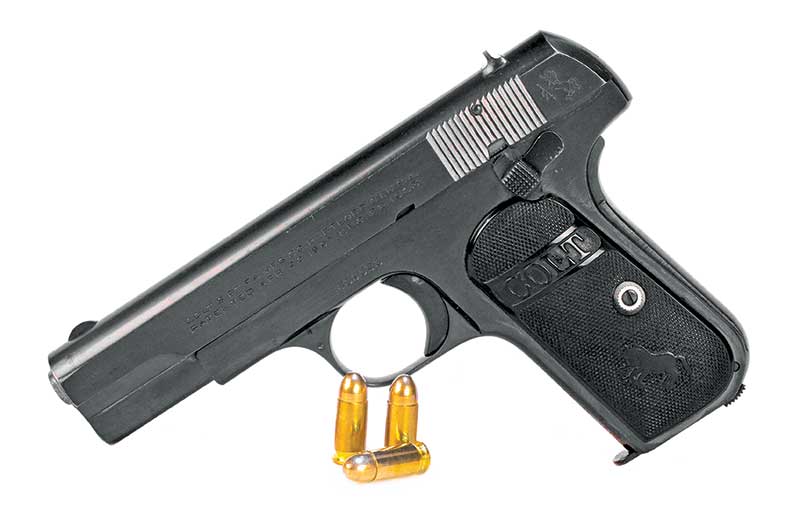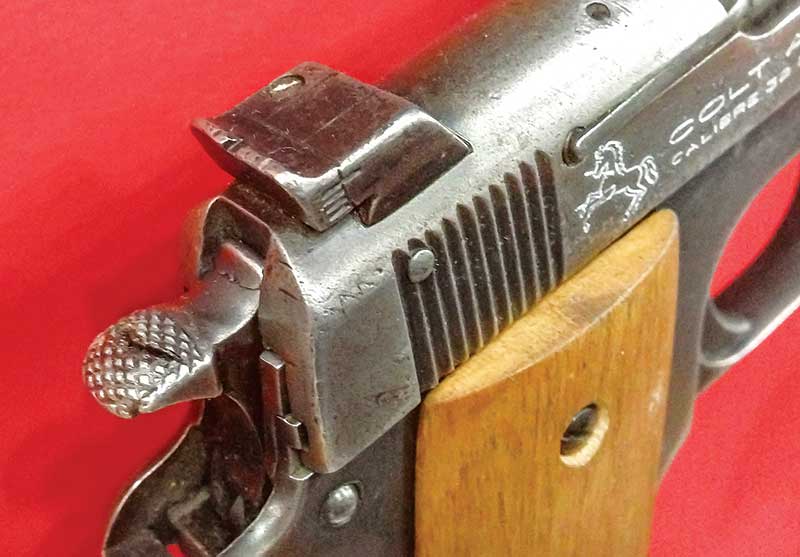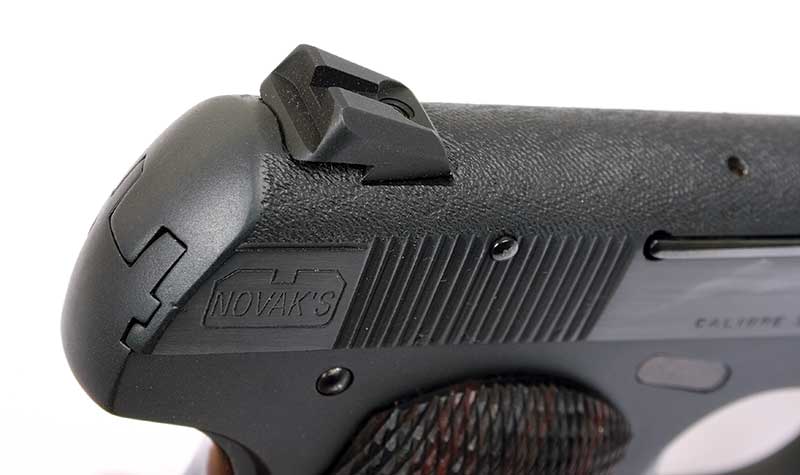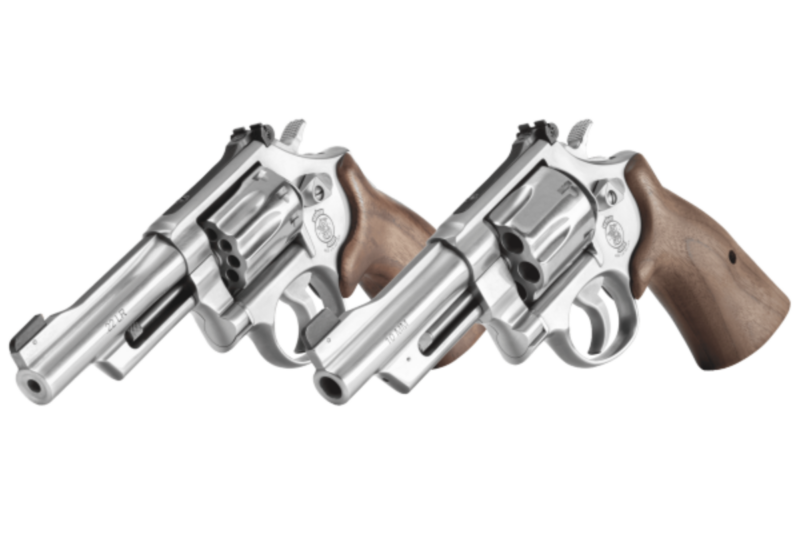The Setting
After Dillinger’s prostitute-turned-girlfriend Billie Frechette got collared by the feds he found himself a replacement named Polly Hamilton. Unfortunately for Dillinger, the madame at Polly’s brothel was an illegal Romanian immigrant named Ana Cumpanas who would do anything to avoid deportation. This included ratting out her pal Polly and her exceptionally dangerous boyfriend with the curiously fresh surgical scars.
At around 8:30 on the evening of July 22, 1934, Ana, Polly and John walked into the Biograph theater on the north side of Chicago to take in Manhattan Melodrama starring Clark Gable and Myrna Loy. While history refers to Ana as the “Lady in Red,” her dress that evening was orange. This was arranged in advance as a signal to Melvin Purvis she was in the company of Public Enemy Number 1, John Dillinger.
As the crowd left the theater, Purvis and Dillinger’s eyes met for a pregnant moment. Purvis then lit his cigar, the prearranged signal for his men to move in. Dillinger reached for the Colt M1903 automatic pistol in his coat pocket and headed down a nearby alley. Unbeknownst to him, agents already had the alley surrounded.


